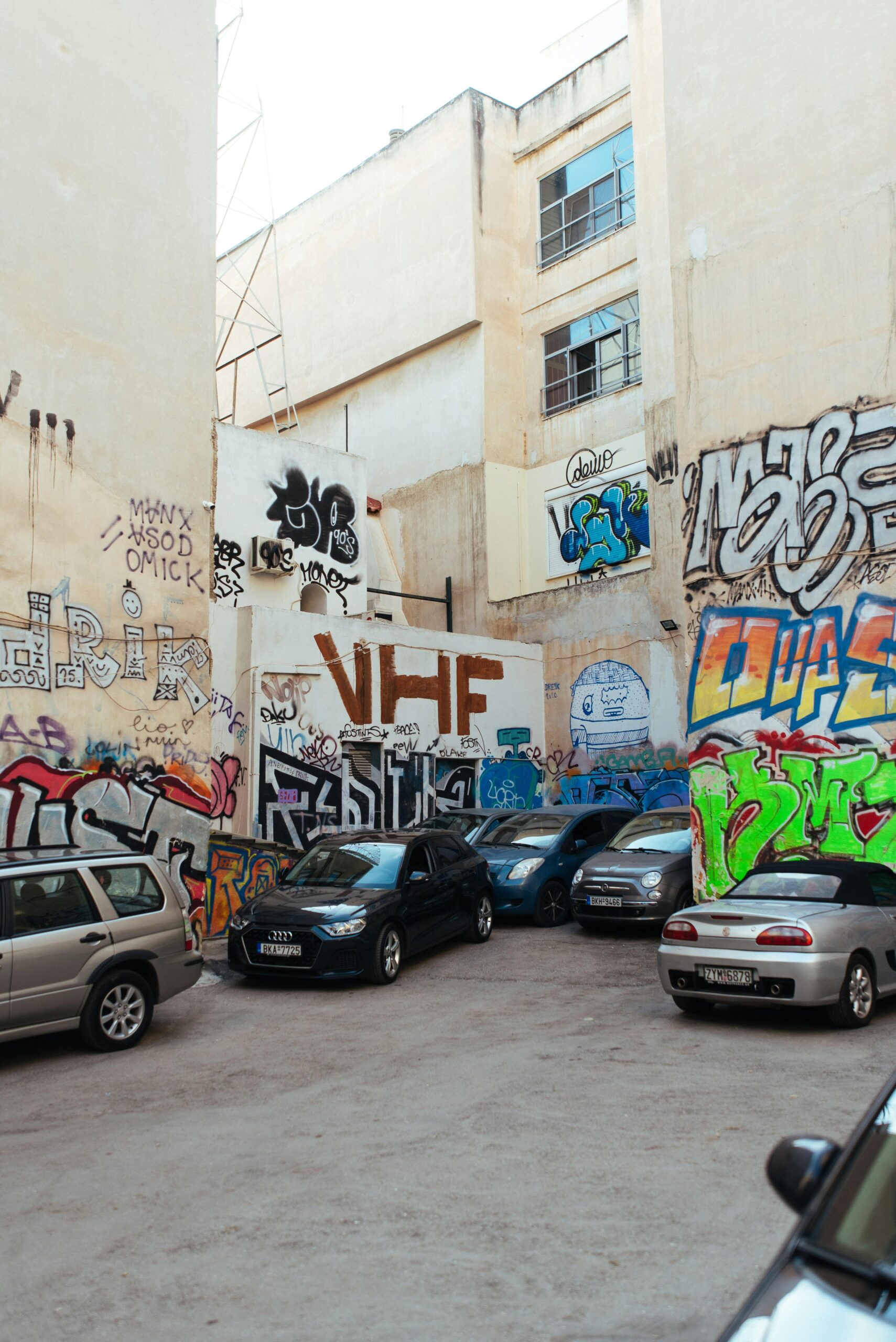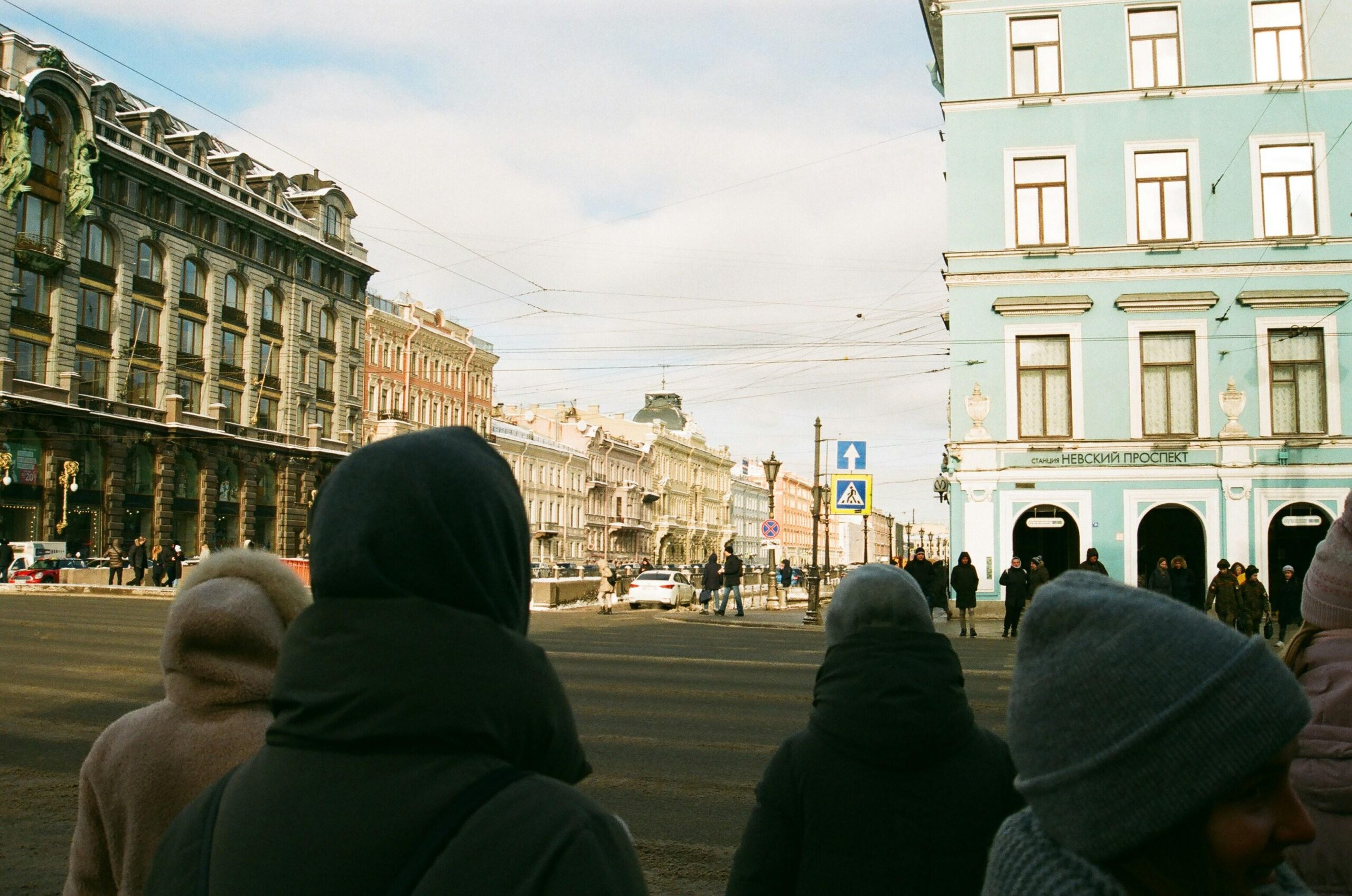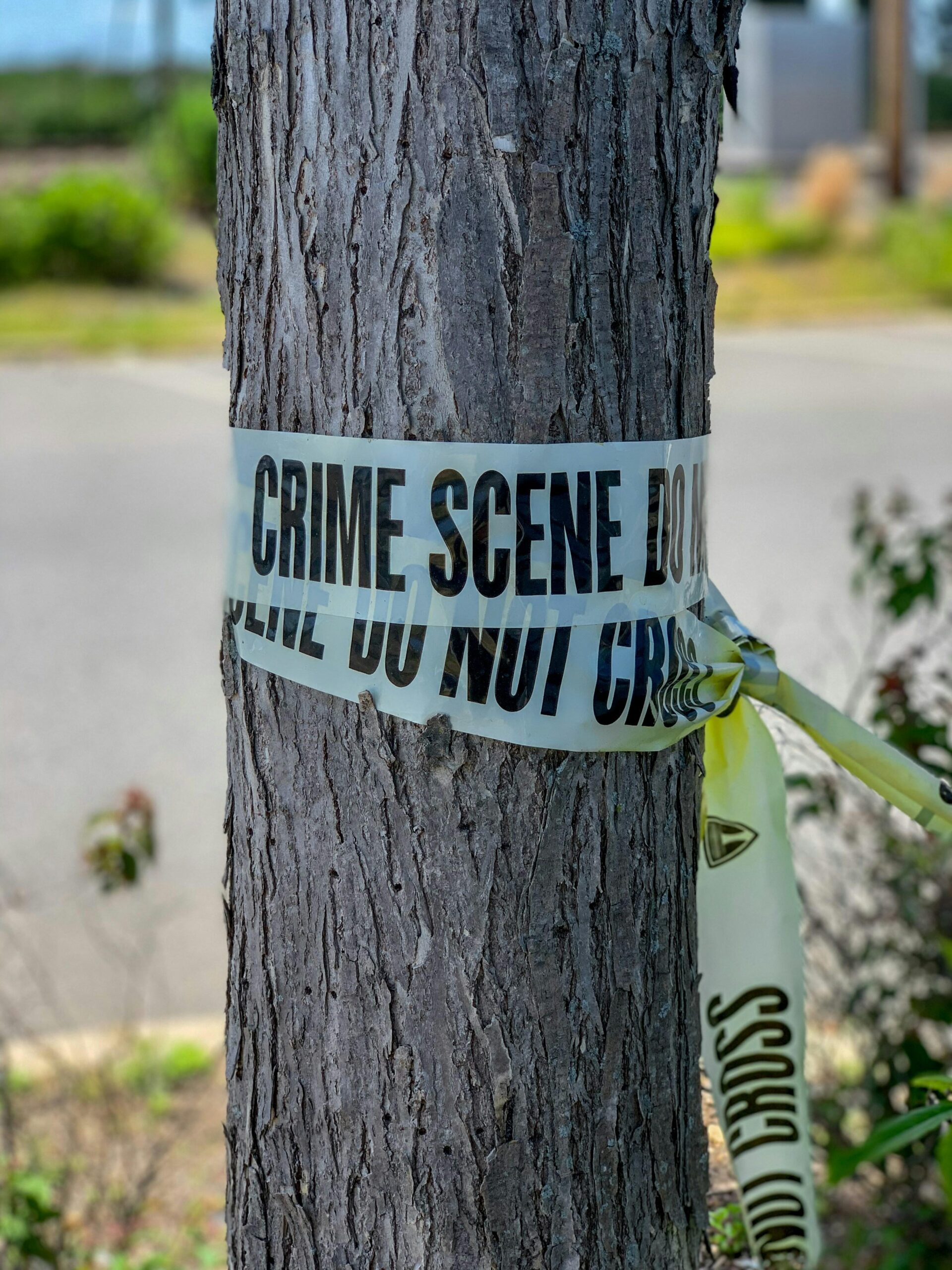Urban gangs have long captured our collective imagination, often portrayed through headlines and media stories as chaotic groups defined by violence. But beneath the surface lies a complex world with its own rules, hierarchies, and unwritten codes. What really shapes their identity? How do these groups organize themselves, and what cultural elements bind their members together? In this article, we’ll take a closer look inside urban gangs—peeling back stereotypes to explore their unique structure and culture, and uncovering the surprising ways they function as tightly-knit social communities. Join me on this curious journey to better understand a hidden side of city life that’s rarely talked about in depth.
Table of Contents
- Understanding the Inner Hierarchy and Roles Within Urban Gangs
- Decoding the Language and Symbols That Define Gang Identity
- How Economic Incentives Shape Gang Activities and Loyalty
- Strategies for Community Engagement to Prevent Gang Influence
- The Way Forward
Understanding the Inner Hierarchy and Roles Within Urban Gangs
Urban gangs operate with a complex and often fluid hierarchy that mirrors more traditional organizations but with distinct cultural nuances. At the pinnacle, leaders or shot callers wield significant influence, orchestrating operations and making critical decisions. Their authority is maintained through a combination of respect, fear, and strategic alliances. Below them, lieutenants act as intermediaries, managing day-to-day activities while ensuring the leader’s directives are executed. This layered chain of command provides structure, yet allows for flexibility in response to external pressures or internal conflicts.
Roles within these groups are not static, often shifting based on skill sets, loyalty, and the needs of the gang at any given time. Common positions include:
- Enforcers: Tasked with protecting territory and managing internal discipline.
- Lookouts: Vigilant members who monitor police presence or rival activity.
- Recruiters: Responsible for expanding membership and indoctrinating new recruits.
- Messengers: Trusted to deliver communications swiftly and discreetly.
This multifaceted division of labor not only reinforces the gang’s survival but also fosters a unique cultural identity rooted in loyalty, secrecy, and shared purpose.
Decoding the Language and Symbols That Define Gang Identity
Within the intricate framework of gang culture, communication transcends mere words. It becomes a complex mosaic of signs, symbols, and coded language crafted to convey allegiance, intimidate rivals, and maintain secrecy from outsiders. These elements are often deeply rooted in the gang’s history and territorial pride, making them an essential part of its identity. From hand signs that subtly signal membership to graffiti tags that mark territory, each symbol carries layers of meaning understood only by initiates. Such codes not only foster a sense of belonging but also operate as a living, breathing language that evolves with the gang’s narrative and environment.
The lexicon used in these circles includes unique slang and phrases that might seem cryptic to the untrained ear but resonate powerfully within the group. For example:
- Colors: Represent loyalty and act as a visual shorthand for identifying friend or foe.
- Graffiti: Acts as both a territorial claim and a medium to send warnings, describe rivalries, or commemorate fallen members.
- Hand Signs: Serve as quick, nonverbal communication to assert presence or allegiance in public spaces.
Unpacking these linguistic and symbolic codes is akin to cracking an ancient cipher—it offers a glimpse into the gang’s psyche, their social dynamics, and the unspoken rules that govern their world. This hidden language strengthens the bond within the gang while reinforcing the rigid boundary that separates insiders from outsiders.
How Economic Incentives Shape Gang Activities and Loyalty
Urban gangs are often perceived through a lens of chaos and violence, but at their core, many operate with a clear economic logic that drives their decisions and interactions. The promise of financial reward is a powerful motivator that sustains gang activities and cements loyalty among members. Money-making ventures—ranging from drug trafficking and illegal gambling to theft and even small-scale hustling—form the backbone of these groups. This economic foundation creates a structured environment where each member’s role is linked to their ability to generate income or maintain the flow of resources. The more one contributes, the higher their standing within the gang, fostering a merit-based loyalty that is unique to these organizations.
Economic incentives also shape how trust and allegiance evolve over time. Gangs often implement a system of rewards for increased productivity and penalties for failure, which enforces discipline and encourages competition among members. These material benefits are not limited to direct financial gain but often include protection, access to exclusive networks, and social status—each a valuable commodity in precarious urban environments. Key factors influencing this dynamic include:
- Revenue-sharing models: How profits are split to keep members invested.
- Promotional pathways: Economic contribution often dictates leadership opportunities.
- Resource allocation: Prioritizing funding for operations or personal needs builds loyalty.
Understanding this economic framework challenges simplistic views and reveals a complex system where survival and prosperity are intertwined, making loyalty not just about identity but a calculated investment in mutual success.
Strategies for Community Engagement to Prevent Gang Influence
Building resilient communities starts with fostering strong, positive connections at the grassroots level. Empowering local leaders, especially those who understand the nuances of youth culture, is crucial in crafting authentic relationships that act as buffers against gang influence. Programs that provide mentorship, educational support, and creative outlets create safe spaces where young people can explore their identities without fear or judgment. Incorporating cultural sensitivity and acknowledging the unique challenges faced by each neighborhood adds layers of trust, making prevention efforts more effective and sustainable.
Engagement thrives when the community offers diverse opportunities tailored to individual interests and strengths. Effective strategies often include:
- After-school activities focused on arts, sports, and technology, encouraging skill development and teamwork.
- Community forums where voices of all ages can share concerns and brainstorm solutions together.
- Collaboration with local businesses providing internships or job shadowing experiences that open doors to legitimate career paths.
By weaving these elements into daily life, communities don’t just resist gang outreach—they create vibrant networks of support that celebrate growth, identity, and opportunity.
The Way Forward
As we peel back the layers of urban gangs, it becomes clear that their structure and culture are far more complex than the headlines often suggest. Understanding the intricate roles, codes, and bonds within these groups not only challenges our preconceptions but also opens the door to deeper conversations about community, identity, and survival. While the world inside urban gangs may be difficult to navigate, exploring it with curiosity rather than judgment is the first step toward meaningful change. There’s still so much to uncover, and each story adds a new piece to the puzzle of what drives these close-knit, often misunderstood communities.












